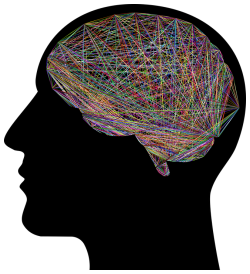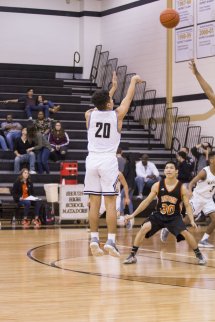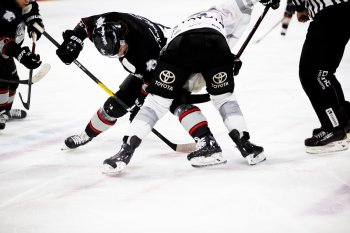with San Diego Therapist Susannah Muller
Neuroscience
Explanation of How These Negative Experiences Unconsciously Impede Performance
The brain is a vastly complex organ with roughly 100 billion neurons and 1 quadrillion possible neuron synaptic connections. (Danial Amen, MD.) (One quadrillion is 1 million multiplied by 1 billion.) According to the American Academy of Neurology, we only understand about 10% of how the brain works.
Our brain processes most normal daily events through and stores them in our deep subcortical brain, far from consciousness. In contrast, upsetting events overwhelm the brain and the information coming in isn’t “digested” and is stored neuro-physiologically in a “trauma capsule.” (See Levine, P., Phd, Waking the Tiger Healing Trauma; Scaer, R., MD, The Body Bears the Burden; Van de Kolk, B., MD, The Body Keeps the Score.)
Neuroscience experts agree that all of the information about the upsetting experience, including negative thoughts associated with it, is stored in the brain-body in exactly the form it was initially experienced. (See Levine, P., Phd, Waking the Tiger Healing Trauma; Scaer, R., MD, The Body Bears the Burden; Scaer, R., MD, The Eight Keys to Brain-Body Balance; Van de Kolk, B., MD, The Body Keeps the Score.) The body instantly memorizes the physical experience in exquisite detail, including the body sensations, along with the associated sights, sounds, smells and tastes. The emotions and where they are felt in the body are frozen too. (Grand, D., Phd., & Goldberg, A., Ed.D, This is Your Brain on Sports)
Days or years later, if the athlete is in a similar situation, the upsetting experience may be unconsciously activated, hijacking the brain and interfering with performance in the moment. (Grand, D., Phd., & Goldberg, A., Ed.D, This is Your Brain on Sports).

Once Fight/Flight/Freeze instinct is triggered, the athlete’s developed skill reflexes go offline. (Grand, D., Phd., & Goldberg, A., Ed.D, This is Your Brain on Sports).
For example, a skier who previously crashed on icy snow and is now competing on icy snow again, may have conditioned muscle memory & reflexes to stay low, lean into his edges, etc., but because his unconscious brain senses the icy snow, his survival reflexes pull him in the opposite direction, keeping him high and back on his skis so he will go slower and be safer, despite his conscious desire to go faster. (Grand, D., Phd., & Goldberg, A., Ed.D, This is Your Brain on Sports)

The skier cannot overcome this by better concentration or positive self-talk or by practicing more on icy snow. The maladaptive neuro pathways must be accessed in the right way to trigger the processing of the maladaptations. (Roberts, P. LSCW). It is a form of mental conditioning on a deep level. Neuro Performance Training with Brainspotting does this.
The Importance of Neuro Pathways for Athletes.
When someone trains as an athlete, all those hours of practice and drills condition neuro pathways for muscles and movement -- i.e., doing “positive reps.” The more an action is repeated, the stronger the association of the neurons and the easier it is for the athlete to call upon them without thinking in competition. In contrast, an athlete wants to avoid “negative reps” because it would condition the neural circuits to repeat the wrong movements.

- You cannot train or condition over the maladaptations. They must be accessed in the deep brain, processed. (Grand, D., Phd., & Goldberg, A., Ed.D, This is Your Brain on Sports)
- More practicing won’t help. Positive thinking and better focus won’t help either. (Grand, D., Phd., & Goldberg, A., Ed.D, This is Your Brain on Sports)
- NPT/BSP will help by accessing the deep brain and de-conditioning the maladaptive neuro pathways, freeing them to be utilized by the athlete. (Grand, D., Phd., 2013)
Once NPT/BSP de-conditions the maladaptive neuro pathways:
- The brain no longer gets hijacked by the self-protective mechanism, diverting energy and physical resources (Grand, D., Phd., & Goldberg, A., Ed.D, This is Your Brain on Sports).
- The symptoms of performance anxiety, tension, negative self-talk, etc, go away (Grand, D., Phd., & Goldberg, A., Ed.D, This is Your Brain on Sports); and
We want the athlete to be able to recruit as many of the neuro pathways as possible in the moment, especially when trying to perform at a high level. Clearing out these unconscious issues gives them added mental toughness and resilience as well. (Roberts, P. LCSW)
